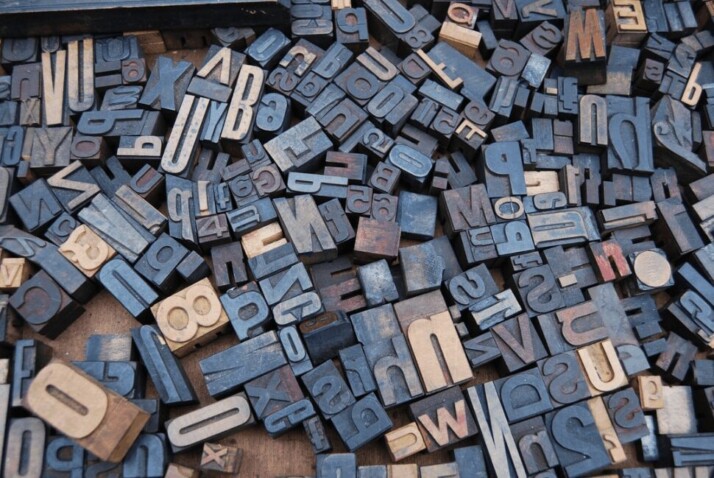Does this ring a bell? You are reading something, perhaps a new article or a particularly lengthy email. Then, you suddenly realize that you’ve repeatedly been reading the same sentence. You understand the meaning of each word, yet you cannot seem to internalize the information.
Readers may become stuck in a particular sentence for a variety of reasons, but frequently the issue is that the sentence is too long and complex. In other words, it is difficult to read.
This type of issue can be difficult to identify. A sentence or words can be grammatically correct but difficult to comprehend. Here, readability scores come into play.

What Is a Writing Level Detector?
The writing level detector is a type of readability indicator that predicts how difficult each sentence is to read among a crowd of sentence-length texts.
Writing level detectors take a piece of your writing and assess the number of sentences, words, syllables, and characters in it. These formulas below will tell you the reading level and grade level of your text and help you figure out if your audience will be able to read what you’ve written.
Writing Level Detector: Tools for Determining Your Writing Level
If you are writing for children, teens, or adults, you will want a writing level that matches your intended audience. Educational publishing journals, novel and short story publishers, textbook publishers, and writers publishing with children and teens typically use a 6-8 grade level.
A 7-9 grade level is often a good fit if you’re writing for high school or college. So how do you find your writing level?
These free readability formula analysis tools below will assess your content or grammar, and generate findings based on their calculations. The tools will also assist you in determining the reading level of your material and words used.
1. The Flesch Reading Ease Formula
The Flesch Reading Ease formula gives a number between 0 and 100. A higher score means that the text is easier to read. A document’s Flesch Reading Ease score is somewhere between 6 and 70.
Generally, a 5th grader can assimilate texts with scores between 90 and 100. With a score of 60–70, 8th and 9th graders can decode the documents. With a score of 0–30, college graduates can digest the documents.
2. The Flesch-Kincaid Grade Level
The Flesch-Kincaid Grade Level gives a U.S. school grade level. This means that the average student in that grade level can read the text. For example, a score of 7.4 means that a typical student in the 7th grade would understand the text.
3. The Fog Scale (Gunning FOG Formula)
Like the Flesch scale, the Fog Scale (Gunning FOG Formula) compares the number of syllables and the length of sentences. A Fog score of 5 means the text is easy to read. 10, 15, or 20 means it is tough to read. Foggy words are words with three or more syllables, just like the name says.
4. The SMOG Index
The SMOG Index gives a U.S. school grade level. This means that the average student in that grade level can read the text. For example, a score of 7.4 means that a typical student in the 7th grade would understand the text.
5. The Coleman-Liau Index
The Coleman-Liau Index uses characters instead of syllables to measure the length of each word and sentence. With this formula, you can get a grade. For example, 10.6 means that your text is right for a high school student in the 10th or 11th grade.
6. The Automated Readability Index
The Automated Readability Index gives you a number about the same as the grade level you need to digest the text. For example, if the ARI outputs the number 3, it means that third-grade students (ages 8–9) should be able to comprehend the text.
7. The Linsear Write Formula
The Linsear Write Formula is a readability formula for English text. It was first made for the US Air Force to help them figure out how easy their technical manuals were to comprehend.
Linsear Write Formula is made to determine the US grade level of a piece of writing based on the length of the sentences and the number of words with three or more syllables.
To Wrap Up
When you’re writing, it is important to read your own work to check if it is as engaging as possible. This occurs not only for your audience but for yourself as well. Using a writing detector is a great way to track and improve your process and ensure that you are writing in a manner that is more inviting and clear for a wide audience.
There are a lot of writing detectors out there. Most of them rely on formulas and are pretty complicated. We have collected a sample of the most popular ones into a short guide. Today is the best time to start afresh!
Explore All Readability Articles
What is Reading? — Making Sense of Letters and Symbols
When studying the English language, you should familiarize yourself with its different concepts. It includes spelling, vocabulary, grammar, and reading.…
What is Readability Score? — a Quick Guide
Your text should cater to all kinds of readers. When you’re writing an article that intends to reach various individuals,…
Causes of Reading Comprehension Problems
Reading comprehension is the ability to understand and interpret written words, connecting the information in the text with previous knowledge.…
What Is ZPD Reading Level?
Everyone unique and we all have a unique understanding of the world. So what should the level of difficulty be…
The Best ELL Strategies for Reading!
Non-native English speakers can be proficient readers in their original tongue. However, those who are enrolled in an ELL (English…
These Are the Best Practices in Reading!
Best practices have been a topic of discussion in the reading education community for a long time. Among these best…
